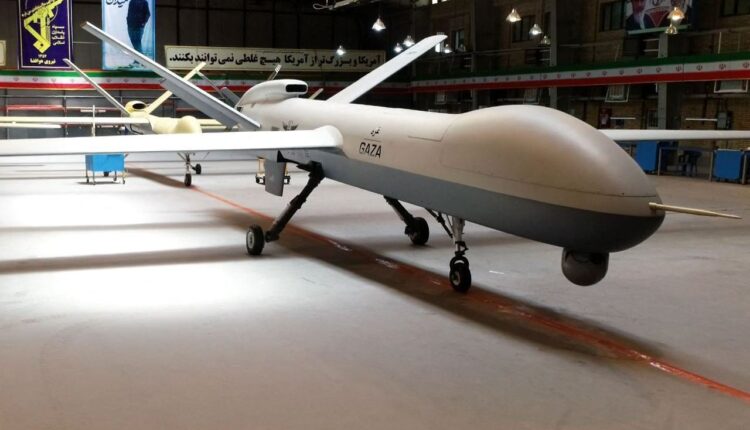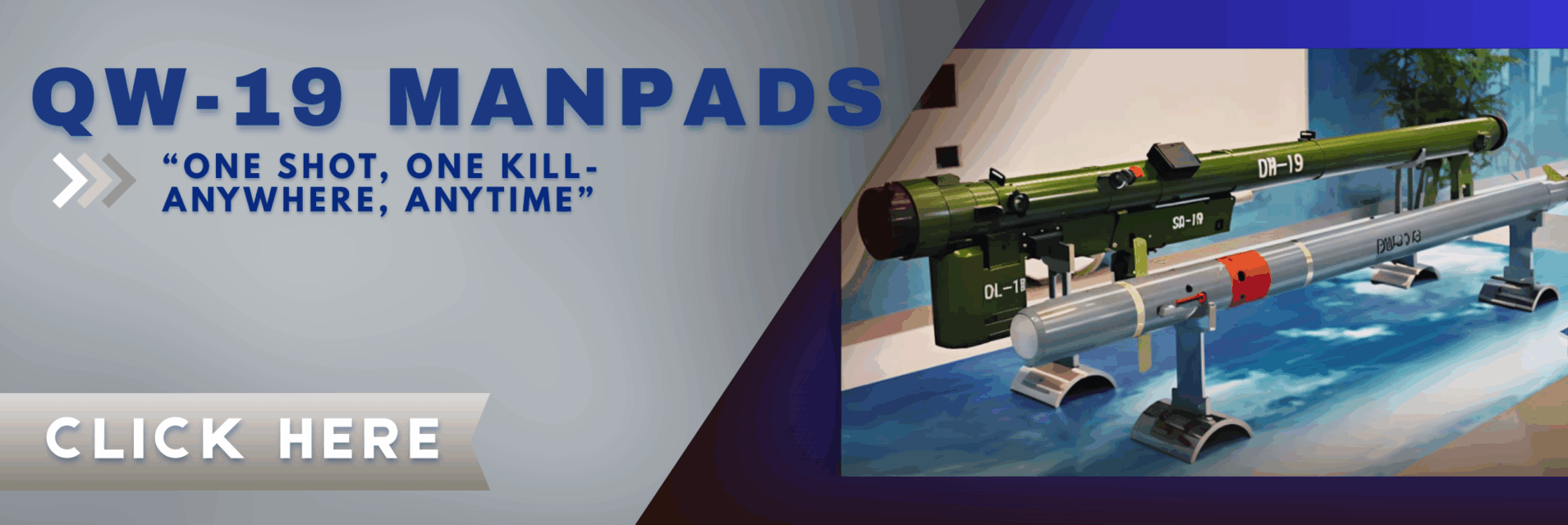US Expresses Displeasure as Qatar Allows Iran’s Participation in DIMDEX 2024 Defense Exhibition
According to media reports, the U.S. Department of Defense has engaged with the Qatari government to express its dissatisfaction with the Gulf state's decision to permit Iran's participation in the defense exhibition.

(DEFENCE SECURITY ASIA) — The United States has reportedly voiced objections and dissatisfaction over Qatar’s decision to allow Iran to participate in the recent defense exhibition, the Doha International Maritime Defense Exhibition and Conference (DIMDEX) 2024.
According to media reports, the U.S. Department of Defense has engaged with the Qatari government to express its dissatisfaction with the Gulf state’s decision to permit Iran’s participation in the defense exhibition.
DIMDEX defense exhibition took place from March 4 to 6.
The United States has previously expressed its dissatisfaction with Iran’s participation in the same exhibition two years ago, but it was not addressed by the Qatari government.
“We are deeply disappointed and concerned about the presence of Iranian military officials as well as those from the Islamic Revolutionary Guard Corps at the Qatar defense exhibition,” said U.S. Department of Defense spokesperson Ned Price.

“We strongly reject their presence at the defense exhibition. Iran poses the greatest threat to maritime stability in the Gulf region,” he said.
Iranian defense companies seized the rare opportunity to showcase various advanced weaponry systems used to counter threats from the U.S. and its allies.
One of Iran’s defense companies’ creations that garnered significant attention at DIMDEX 2024 was the Medium Altitude Long Endurance (MALE) drone “Shahid-149 Gaza,” which bears resemblance to the U.S.-made MQ-9 Reaper drone.
The “Shahid-149 Gaza” drone was designed by Shahed Aviation Industries and manufactured by Iran Aircraft Manufacturing Industries Corporation (HESA) and was publicly unveiled for the first time in 2021.
It is reported that the Iranian defense company behind the drone aims to attract potential foreign buyers interested in purchasing the “Gaza” drone.
The “Gaza” drone can carry up to 13 bombs and guided missiles.

In addition to weaponry systems, the drone can also carry various other systems such as electro-optical equipment, high-resolution cameras, infrared systems, laser designation, and laser illumination, making it one of Iran’s most advanced drones.
According to Iranian local media, the drone is capable of staying airborne for 35 hours, covering 7,000 km in a single mission.
It can fly at speeds of up to 350 km/h using a 750 horsepower engine.
The Iranian military employs the drone for Intelligence, Surveillance, and Reconnaissance (ISR) missions, but with hardpoints indicating it can also be equipped with various weaponry systems for combat tasks.
The “Shahid-149 Gaza” drone was developed to replace the previous “Shahed 129” drone used by the Iranian Revolutionary Guard since 2012.
According to local media reports, the latest variant of the drone has been upgraded with a new landing system and is also equipped with hardpoints to carry either bombs or guided missiles.

The drone was first used by the Iranian Revolutionary Guard last year and is said to be among the most capable and sophisticated unmanned aircraft systems owned by the Iranian military unit.
In addition to the MALE “Gaza” drone, Iranian defense companies participating in DIMDEX 2024 in Doha, Qatar, also showcased other weapons, including 12.7mm machine guns and 20mm cannons, to attract the attention of foreign countries.
Iranian defense companies also highlighted the medium-range air defense system “Sevvom Khordad,” which is claimed to have successfully shot down the U.S.-owned MQ-4C Triton drone in 2019.
What is particularly noteworthy and may have provoked anger from the United States is the positioning of the Iranian defense company booth showcasing the “Sevvom Khordad” air defense system not far from the booth of the American defense company, Northrop Grumman, which developed the MQ-4C drone. — DSA



Comments are closed.